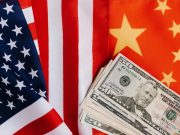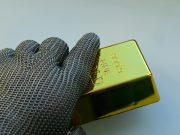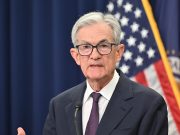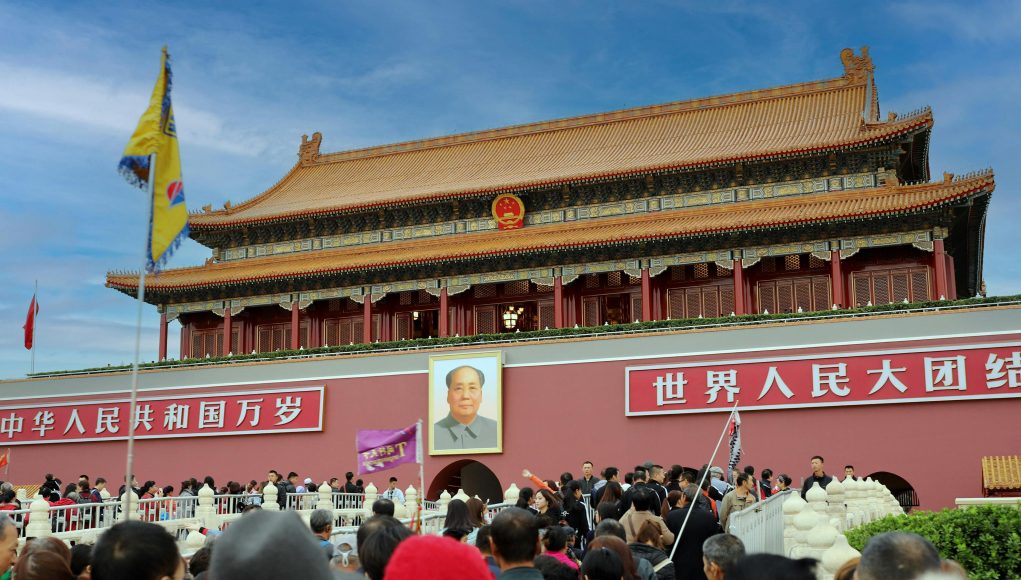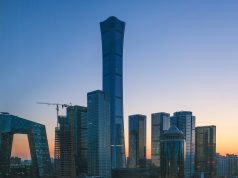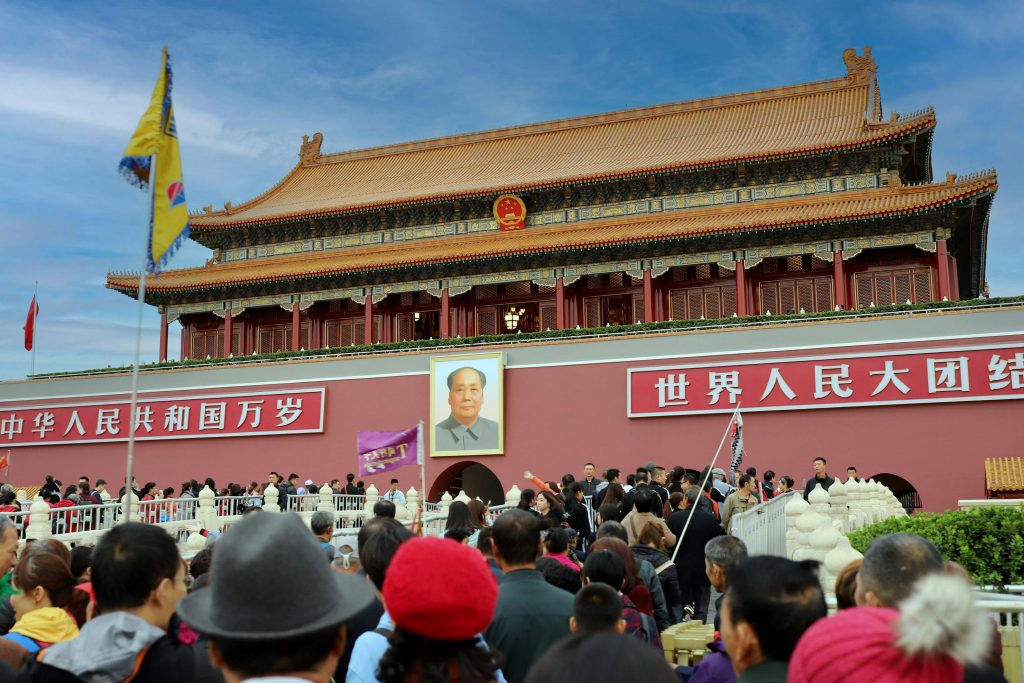
(Singapore, 10.11.2025)China’s consumer prices turned positive in October for the first time in months, lifted by strong spending during the Golden Week holiday and steady service demand. But economists warn that the pick-up is likely temporary, as deeper deflationary pressures continue to weigh on the world’s second-largest economy.
Data from the National Bureau of Statistics (NBS) released on Sunday showed that China’s consumer price index (CPI) rose 0.2 per cent in October compared with a year earlier, reversing a 0.3 per cent fall in September. The result was stronger than expected — most economists had predicted no change or a slight decline.
On a month-on-month basis, prices also grew by 0.2 per cent. It was China’s first positive CPI reading since June and signalled a brief return to inflation after several months of falling prices.
The increase was mainly driven by the Golden Week holiday in early October, one of China’s busiest travel periods. Millions of people took trips and dined out, boosting demand for transport, accommodation and leisure services. Some early shopping linked to November’s Singles’ Day sales also supported spending.
Core inflation, which excludes volatile food and energy prices, rose 1.2 per cent from a year earlier — the fastest pace in nearly 20 months and up from 1 per cent in September. Service prices climbed 0.8 per cent, reflecting stronger demand for tourism, entertainment and dining.
In contrast, food prices remained weak, falling 2.9 per cent year-on-year, although that was a smaller drop than the 4.4 per cent decline recorded in September.
“The rise in consumer prices largely reflects seasonal demand around the holidays,” economists from Goldman Sachs wrote in a note. “Whether this improvement can last is still uncertain.”
Eric Zhu, an analyst at Bloomberg Economics, agreed that the uptick was temporary. “The bounce-back in prices shows a holiday boost that will fade,” he said. “Deflationary pressures remain entrenched, and slower growth in the final quarter of the year means there’s little to change that trend.”
Factory-gate prices still falling
On the production side, the producer price index (PPI) — a measure of factory-gate inflation — fell 2.1 per cent in October from a year earlier. That was slightly better than expected and less severe than the 2.3 per cent drop in September, but it still marked the 37th straight month of producer deflation.
According to NBS statistician Dong Lijuan, the smaller price declines were partly due to efforts to control industrial over-capacity. In key sectors such as coal, batteries, and automobile manufacturing, price drops narrowed compared with the previous month.
Economists say that China’s ongoing campaign to curb cut-throat competition — known locally as the “anti-involution” push — has helped stabilise some prices, especially in industries hit by price wars, such as electric vehicles and food delivery.
Xu Tianchen, a senior economist at the Economist Intelligence Unit, said the data showed some early progress. “Demand remains weak, but the rebound in CPI suggests that supply-side policies are starting to take effect,” he said. “The next stage will depend on whether Beijing strengthens support for consumer spending.”
Deflation concerns remain
Even with the October rebound, deflation remains a serious concern for China. The country has struggled for more than a year with falling prices and sluggish demand, as households and businesses cut back on spending.
The broader GDP deflator — a measure of overall price changes across the economy — has been declining for more than two years, the longest streak since records began in 1993. A separate Bloomberg analysis of dozens of everyday products and services found that prices for common consumer goods have fallen even faster than official data suggest.
Economists warn that prolonged deflation can lead to a negative cycle: when consumers expect prices to fall, they delay purchases, which hurts company profits and slows investment. Lower profits also make it harder for firms to pay off debt, increasing financial risks.
“Persistent deflation reduces profits and weakens confidence,” said Zhiwei Zhang, chief economist at Pinpoint Asset Management. “It is too early to say the deflation trend has ended. We’ll need a few more months of data to know for sure.”
Policy support in focus
Beijing has made stabilising prices and demand a top policy priority. Authorities have rolled out several measures to support the economy, including 500 billion yuan (S$91.5 billion) in new policy-based financial tools and 200 billion yuan (S$36.6 billion) in special local government bonds to boost investment in key sectors.
Still, the government has been cautious about large-scale monetary easing. The People’s Bank of China has kept benchmark interest rates unchanged for five straight months, balancing the need to support growth with the risk of adding more pressure on the yuan.
China’s economy is still on track to meet its around 5 per cent growth target for 2025, helped by improving exports after a partial easing of trade tensions with the United States. But momentum remains fragile, with weak factory activity and soft domestic consumption suggesting limited strength in the recovery.
A Reuters poll in October found that China’s inflation for the full year is likely to remain close to zero, well below the government’s official target of around 2 per cent — the lowest in more than two decades.
Most analysts expect prices to stay subdued for the rest of the year. The October rebound offers some relief, but without stronger consumer confidence and higher household incomes, China’s economy could struggle to shake off deflation completely.
“October’s numbers show some signs of life, but the real test will come after the holidays,” said one Beijing-based economist. “If spending drops back in November and December, it will confirm that the recovery in demand is still weak.”
For now, the return to positive inflation may give policymakers some breathing space — but few expect a quick turnaround. As one analyst put it, “China has taken a small step away from deflation, but the road to a full recovery remains long and uncertain.”



